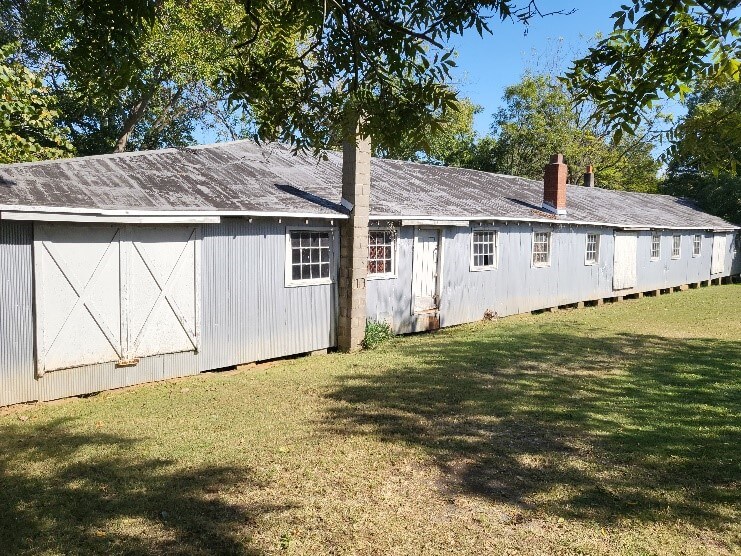About Us


The Trinity Train Depot Warehouse was only a third its current size when constructed, likely a little over ten years after the rail line began operation in 1889. Not long after acquiring the house, Thomas Richardson, his wife Mary, and son Jesse with his new wife Ella, started Richardson Manufacturing Company, building furniture in the warehouse. Eventually moving the structure enough to clear it from the railroad right-of-way, they also tripled its size with additions on both ends.
After Jesse died in 1982, Ella continued to live in the house and made few changes to it until deciding to donate the property to the Trinity Historic Preservation Society in 2003 for use as a museum, and as its headquarters.
The 1855 house retains a high level of structural integrity, with few changes since its early days. The rear porch was probably added in the early 1950s. It has been furnished with period pieces representing the breadth of its existence, and also contains displays of non-household items significant to Trinity’s history.
An enterprising High Point lumberman had begun cutting a railroad bed toward Asheboro in 1883, primarily hoping to harvest timber adjacent to the line. While the task proved too large for one man, others there and along the route also saw the potential and raised the capital necessary to complete the line in 1888 before a threatened Greensboro-to-Asheboro spur could intervene. A Trinity station existed prior to the freight depot’s construction but does not remain.